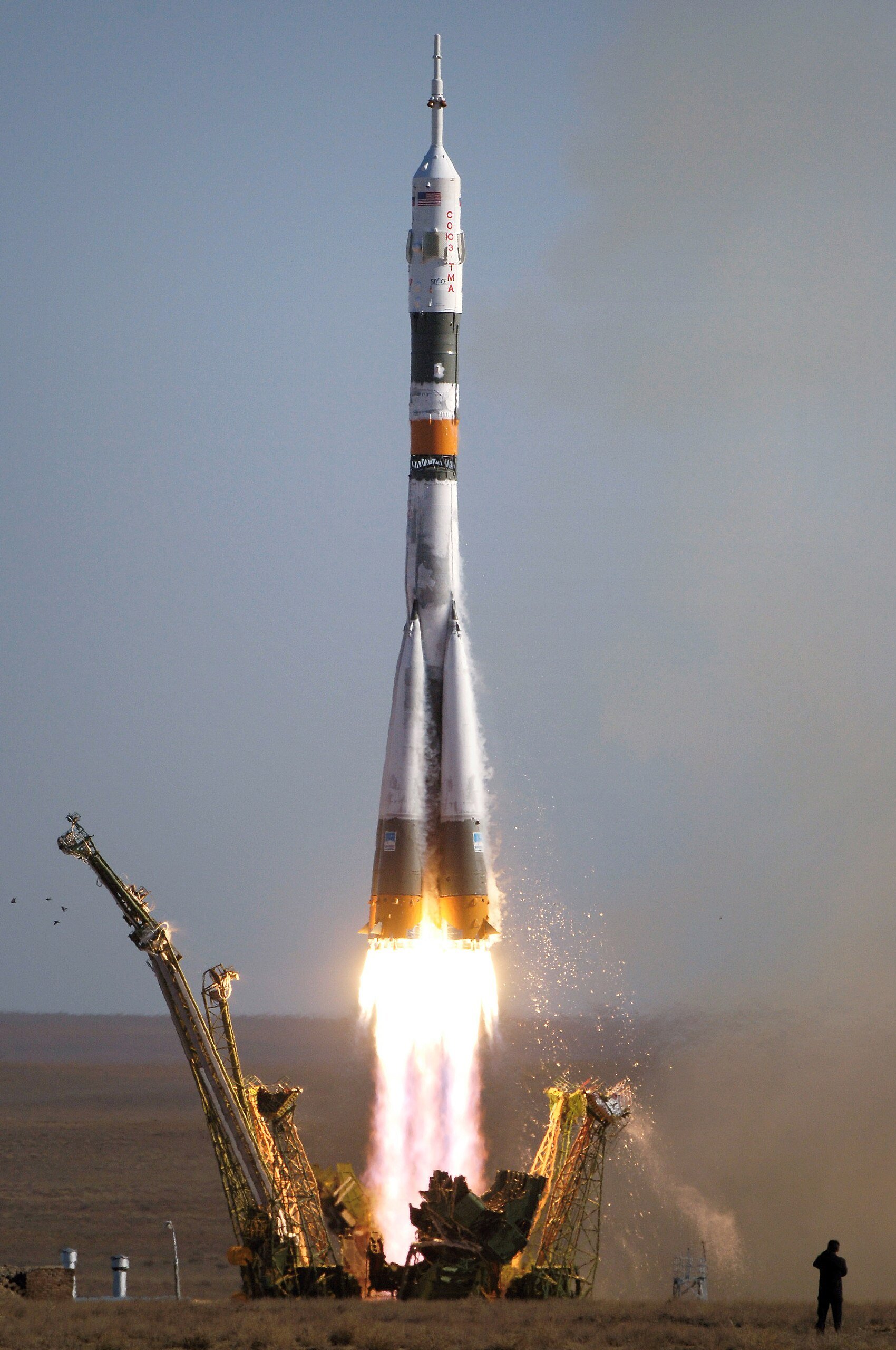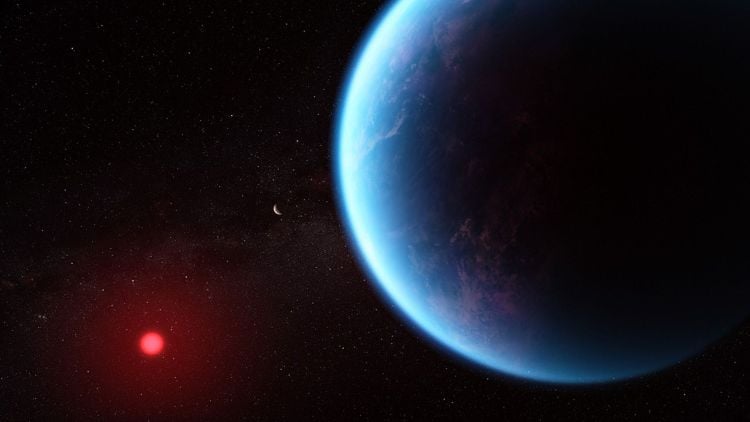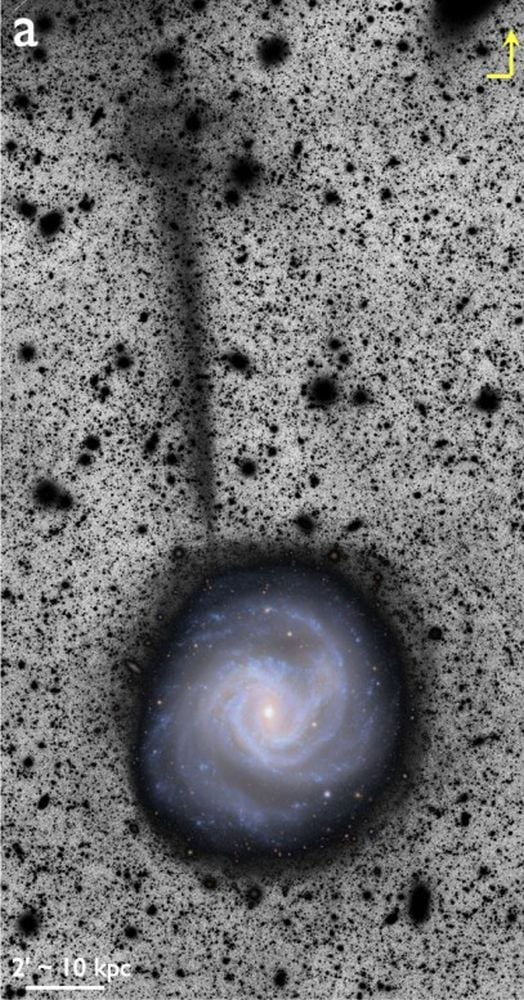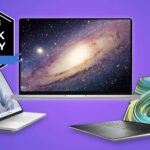Every kilogram of rocket fuel is dead weight once it’s burned, yet conventional spacecraft must carry hundreds, sometimes thousands of tons of propellant to reach even nearby planets. This fundamental
How does water form on exoplanets and what could this mean for the search for life beyond Earth? This is what a recent study published in Nature hopes to address
NASA hit back on Thursday at reality TV star Kim Kardashian’s claim that the 1969 moon landing “didn’t happen,” a theory consistently debunked over decades.
China said Saturday that it successfully launched the Shenzhou-21 spaceship on a mission to the country’s orbiting space station, sending its newest rotation of three astronauts—along with four mice.
Human health is the Achilles heel of space travel. Researchers at ETH Zurich have now succeeded in printing complex muscle tissue in zero gravity. This will enable drugs for space
An interstellar comet that originated outside our solar system has just made its closest pass to the sun, brightening dramatically and rapidly as it did so. The reason for the
Casting a swirling shadow, a glowing candle flame sways eerily before flaring up once more. As ghostly as it looks, this flame dance is not the result of any force—paranormal
How could the principle of “radical mundanity” proposed by the Fermi paradox help explain why humans haven’t found evidence of extraterrestrial technological civilizations (ETCs)? This is what a recent study
The Vera Rubin Observatory saw first light in June 2025. Its images from that time are called the Virgo First Look images because they focus on the Virgo Cluster of
We successfully plugged the hole in the ozone layer that was discovered in the 1980s by banning ozone-depleting substances such as chlorofluorocarbons (CFCs). But, it seems we might be unintentionally
-
 012024 in Review: Highlights from NASA in Silicon Valley
012024 in Review: Highlights from NASA in Silicon Valley -
 02Panasonic Leica Summilux DG 15mm f/1.7 ASPH review
02Panasonic Leica Summilux DG 15mm f/1.7 ASPH review -
 03How New NASA, India Earth Satellite NISAR Will See Earth
03How New NASA, India Earth Satellite NISAR Will See Earth -
 04And Thus Begins A New Year For Life On Earth
04And Thus Begins A New Year For Life On Earth -
 05Astronomy Activation Ambassadors: A New Era
05Astronomy Activation Ambassadors: A New Era -
06SpaceX launch surge helps set new global launch record in 2024
-
 07Space Force plans new ‘Futures Command’ amid pressure to speed up modernization
07Space Force plans new ‘Futures Command’ amid pressure to speed up modernization








